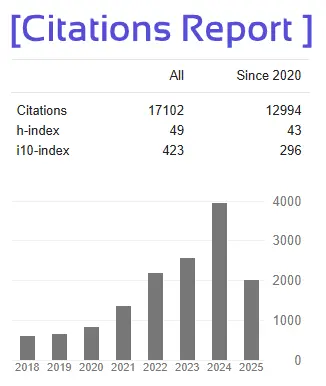Safety Jacket for Securing the Life of Coal Miners
Mr.Onkar Dhanaji Bhadake, Mr.Arjun Babruwan Jawale, Mr.Chetan Chandrakant Patil
Guided: Prof. Sumit Wani
Department of Mechanical Engineering
Keystone School of Engineering, Pune
Abstract
According to the statistical report, mining and construction industry research has established that accidents are always brought on by a combination of hazards and causes. Gas blast or residue could be the cause of the breakdown and surge in underground work. In a similar vein, a fire may cause dangerous substances to be released. Miners' excessive proximity to the blast was the primary cause of explosive related fatalities, followed by poisoning from explosive fumes, misfires, and premature blasts. Explosives may have caused an earthquake that shattered the structure of the mine and trapped miners underground. Mine activated seismicity ought to be added to that overview. The excavators will get an unsafe sickness because of the risky gases, like carbon dioxide, carbon monoxide, methane, ethane, propene, and others, that are available in the mining region. All of the previously mentioned issues can be tried not to by go to fitting precaution lengths. The solution to this issue is the Smart safety jacket, an IoT device that is affixed to the jacket. This shrewd security coat interfaces with various sensors, including a heart beat sensor,temperature sensor, buzzer, accelerometer,GMS module .These sensors, which are connected to the network via Wi-Fi, have never been more important or valuable. At the core of our solution lies the NodeMCU microcontroller, serving as the central control unit for data acquisition and transmission. Interfaced with an array of sensors including temperature, heartbeat and motion sensors, the NodeMCU facilitates continuous collection of key physiological data, essential for comprehensive patient monitoring. Leveraging the ESP8266 module, the collected data is wirelessly transmitted to the cloud-based ThingSpeak IoT platform in real-time, overcoming geographical barriers and enabling seamless remote access for healthcare providers.







